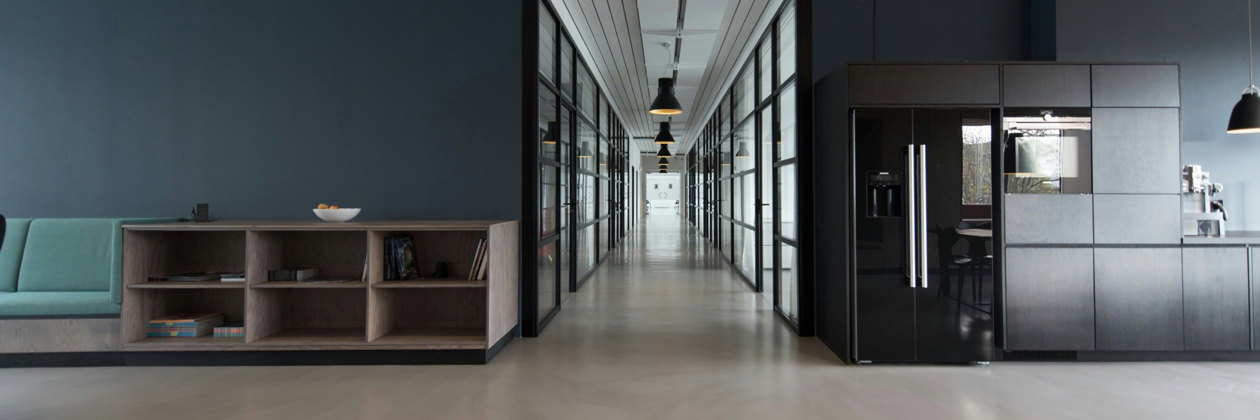Ensure the ventilation system is properly equipped
Across Europe, there are typically three types of ventilation systems: natural ventilation, mechanical ventilation, such as exhaust and supply ventilation, or a system with heat recovery (FTX system). An FTX system can guarantee consistent ventilation regardless of weather conditions. Furthermore, it is possible to achieve energy savings of approximately 5000–7000 kWh per year for a typical-sized office property of around 2000 square meters, as 50–70% of the heat supplied to the air can be recovered. Implementing a heat recovery system and ensuring basic technology is the first step toward achieving an optimized ventilation flow in office buildings.
Implement time- or demand-controlled ventilation
In office buildings where occupancy is regular, it is possible to implement time-controlled ventilation. This means scheduling when the ventilation system should operate at high or reduced speeds, so that the airflow increases during working hours and decreases in the evenings and weekends, for example. Installing time-controlled ventilation has proven to have very good effects, where energy savings of at least 10% can be achieved for each property.
In cases of irregular occupancy in office buildings, where it is difficult to draw general conclusions about when the airflow needs to be adjusted, there is the possibility of automating demand-responsive control. Instead of a constant ventilation flow, which in many cases is oversized for the actual need, the airflow can be varied concerning factors such as the number of people in the room, humidity, temperature, and carbon dioxide levels. This means that ventilation can be adapted to actual needs while achieving a healthy indoor climate.
Calculate the energy savings achievable with individual ventilation measures. The examples below are based on an office property of approximately 2000 square meters.
Formula: Wair = 0,33 · v (m3air) · ∆T / 1000
Example 1: The supply air temperature is reduced by an average of 2°C. (Ventilation volume 1600 l/s, ventilation active 10h/day, 220 days/year).
Energy savings: Wair = 0.33 · 12 672 000 · 2 / 1000 = 8,363 kWh
Example 2: The ventilation flow is reduced by 25% and the operating time is shortened by 1 hour/day (Supply air temperature 18°C, normal temperature 8°C).
Flow(Orig) = 1600 l/s
V(Orig) = 1600/1000 · 3600 · 10 · 220 = 12,672,000 m3/year
Flow(New) = 1600 · 0.75 = 1200 l/s
V(New) =1200/1000 · 3600 · 9 · 220 = 8,553,600 m3/year
∆T = 18 - 8 = 10 K
Energy savings: Wair = 0,33 · (12 672 000 – 8 553 600) · 10/1 000 = 13 590 kWh


